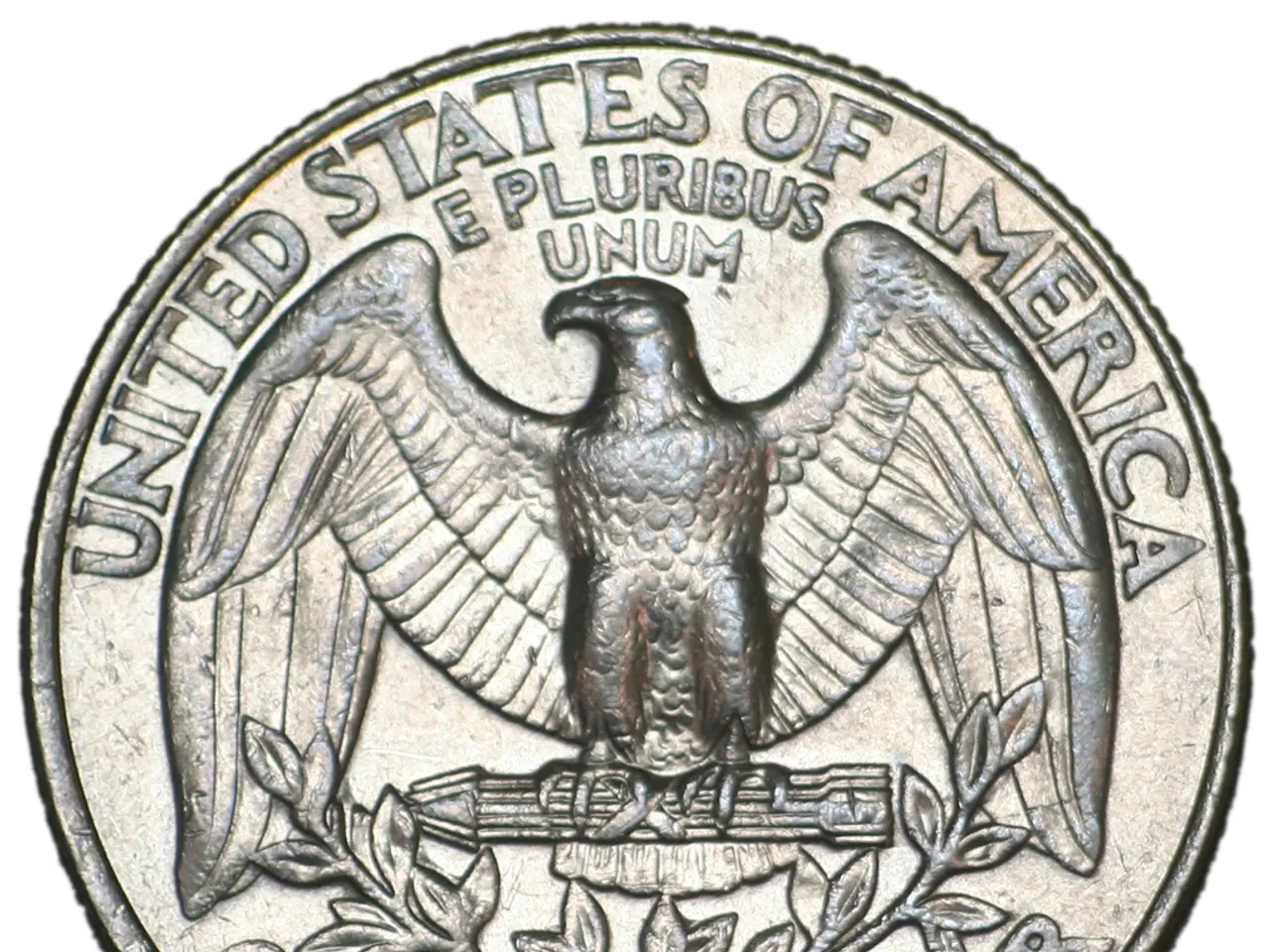Struggle Against Forest Degradation and Shifts in European Law Making Regarding Forest Conservation
The European Union (EU) has introduced a groundbreaking regulation, the Zero Deforestation Products regulation (EUDR) or Regulation (EU) 2023/1115, aimed at ensuring that products placed on or exported from the EU market are deforestation-free and produced legally in the country of origin.
The EUDR targets seven key commodities that are linked to deforestation globally: cattle, cocoa, coffee, palm oil, rubber, soy, and wood, as well as products derived from these commodities. This includes items like chocolate, leather goods, palm oil-based products, and wooden furniture if they contain any of these raw materials.
Effective from December 30, 2025, following a one-year deferral to allow stakeholders additional preparation time, companies must perform strict due diligence to verify products are deforestation-free, traceable to the specific plot of land where the commodity was produced, and comply with the production country's laws. Retailers and importers must trace products to the exact plot of land, not just country or region, enhancing transparency and accountability in global supply chains.
Products marketed or exported from the EU must be produced legally and without causing deforestation or forest degradation, or they will be banned from the EU market. The regulation aims to prevent goods linked to deforestation, thereby reducing global deforestation rates, protecting biodiversity, and cutting CO₂ emissions by an estimated 32 million metric tonnes annually.
The EU Commission has issued guidance documents, FAQs, and regulations classifying countries by deforestation risk to ease administrative burdens and harmonize implementation across EU member states. A three-part simplification plan targets reducing compliance costs and workload by up to 30%. The regulation includes plans for a review after two years to assess if additional commodities or derived products should be added.
The EUDR represents a major step by the EU to halt deforestation caused by commodity production through stringent legal and traceability requirements. Companies worldwide must improve transparency, ensuring the entire supply chain—from source to sale—is deforestation-free and legally compliant. Failure to comply will result in products being banned from entering or leaving the EU market, significantly impacting exporters and producers linked to deforestation.
The regulation is expected to mitigate climate change impacts, biodiversity loss, and ecosystem disruption by discouraging deforestation associated with commercial commodities. Even companies outside the EU that export to or operate within the EU market will need to comply, making EUDR a driver for global change in sustainable sourcing practices.
As the EUDR comes into force, significant changes are expected, particularly regarding the import of deforestation-linked products. The regulation's implementation will promote the development of local economies and reduce dependence on imports of goods that contribute to deforestation. This shift is expected to benefit both the environment and local communities, fostering a more sustainable and equitable global economy.
[1] European Commission. (2023). Regulation (EU) 2023/1115 of the European Parliament and of the Council of 8 August 2023 on the sustainability of the EU's import and export of forest risk commodities and amending Regulation (EU) 2018/1999. [2] European Commission. (2023). Commission Delegated Regulation (EU) 2023/1116 of 14 September 2023 supplementing Regulation (EU) 2023/1115 of the European Parliament and of the Council with regard to the rules for determining the deforestation risk of third countries and the criteria for defining forest risk commodities. [3] European Commission. (2023). Commission Implementing Regulation (EU) 2023/1117 of 20 September 2023 laying down the Union methodology for the calculation of the deforestation risk of third countries and the criteria for defining forest risk commodities. [4] European Commission. (2023). Frequently Asked Questions on the EU Deforestation Regulation. Retrieved from
- The Zero Deforestation Products regulation (EUDR) targets a variety of commodities linked to deforestation, not just forest-risk products, such as chocolate, leather goods, palm oil-based products, and wooden furniture, which may contain raw materials like cocoa, cattle, palm oil, rubber, soy, and wood.
- The EU Commission's three-part simplification plan aims to reduce compliance costs and workload by up to 30%, making this regulatory policy more accessible for businesses in the environmental-science, finance, energy, and broader industry sectors.
- In line with the EUDR, international policy-and-legislation shifts to prioritize sustainable sourcing are likely to occur, as the regulation encourages the development of shopper, retailer, and producer consciousness around climate-change impacts and the importance of preserving the environment.
- News headlines in the general news media increasingly focus on the impact of the EUDR, its implementation, and the reactions of various industry sectors—from the largest corporations to small and medium-sized enterprises—to this groundbreaking deforestation regulation.
- The implementation of the EUDR is expected to foster a transformative impact on the EU market, as businesses across sectors must prioritize energy efficiency, transparency, and legislative compliance to ensure their products are legally produced, deforestation-free, and sourced sustainably, in alignment with the requirements of both EU policy and consumer preferences.




